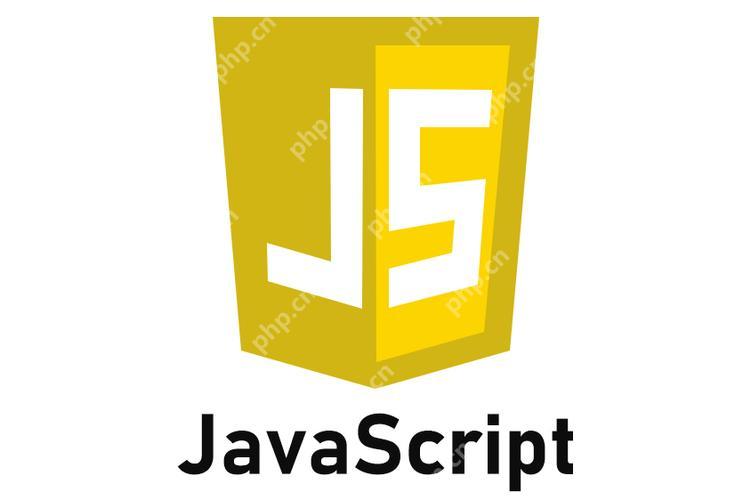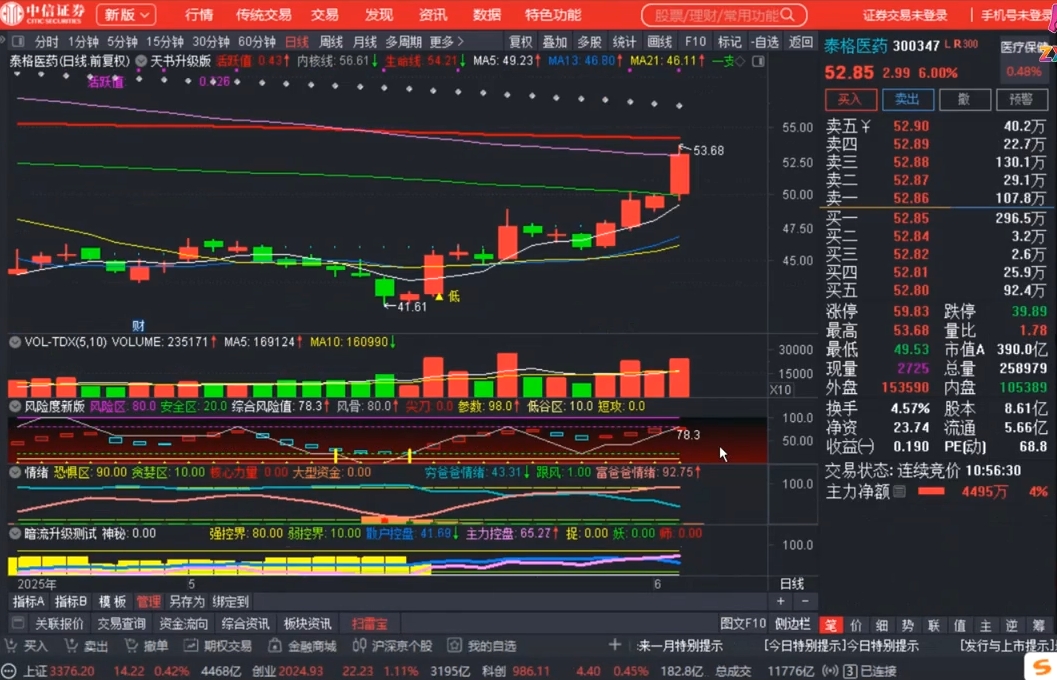實現JavaScript折疊面板需三步:1.定義html結構;2.使用css控制顯示隱藏;3.通過javascript處理用戶交互和無障礙性,確保性能優化和用戶體驗。

在JavaScript中實現一個折疊面板(Accordion)是一項有趣且實用的任務。折疊面板在現代Web開發中非常常見,用于節省頁面空間并提高用戶體驗。讓我們深入探討如何實現這樣一個組件,并分享一些實用的經驗。
首先,考慮到折疊面板的實現,我們需要一個HTML結構來定義面板的內容,然后使用css來控制面板的顯示和隱藏,最后通過JavaScript來處理用戶交互。這聽起來像是一項簡單的任務,但實際上有許多細微之處需要注意。
在HTML中,我們可以這樣定義一個折疊面板的基本結構:
立即學習“Java免費學習筆記(深入)”;
<div class="accordion"> <div class="accordion-item"> <button class="accordion-header" aria-expanded="false">Section 1</button> <div class="accordion-content"> <p>Content for section 1</p> </div> </div> <div class="accordion-item"> <button class="accordion-header" aria-expanded="false">Section 2</button> <div class="accordion-content"> <p>Content for section 2</p> </div> </div> </div>
CSS部分則負責控制折疊面板的視覺效果:
.accordion-item { border: 1px solid #ccc; margin-bottom: 10px; } .accordion-header { background-color: #f1f1f1; color: #444; cursor: pointer; padding: 18px; width: 100%; text-align: left; border: none; outline: none; transition: 0.4s; } .accordion-header:hover { background-color: #ddd; } .accordion-content { padding: 0 18px; background-color: white; max-height: 0; overflow: hidden; transition: max-height 0.2s ease-out; }
現在,到了JavaScript部分,這是折疊面板的核心。我們需要添加事件監聽器來處理用戶點擊按鈕的行為,并控制面板的展開和折疊:
document.addEventListener('DOMContentLoaded', () => { const accordionHeaders = document.querySelectorAll('.accordion-header'); accordionHeaders.forEach(header => { header.addEventListener('click', () => { const accordionContent = header.nextElementSibling; const isExpanded = header.getAttribute('aria-expanded') === 'true'; if (isExpanded) { accordionContent.style.maxHeight = null; header.setAttribute('aria-expanded', 'false'); } else { accordionContent.style.maxHeight = accordionContent.scrollHeight + 'px'; header.setAttribute('aria-expanded', 'true'); } }); }); });
這個JavaScript代碼不僅實現了折疊面板的基本功能,還考慮了無障礙性(通過aria-expanded屬性)。在實際應用中,我們可能會遇到一些挑戰,比如如何處理多個面板同時展開,或者如何在頁面加載時默認展開某個面板。
在處理多個面板時,如果我們希望每次只能展開一個面板,可以在JavaScript中添加一些邏輯來關閉其他面板:
document.addEventListener('DOMContentLoaded', () => { const accordionHeaders = document.querySelectorAll('.accordion-header'); accordionHeaders.forEach(header => { header.addEventListener('click', () => { const accordionContent = header.nextElementSibling; const isExpanded = header.getAttribute('aria-expanded') === 'true'; // 關閉其他面板 accordionHeaders.forEach(otherHeader => { if (otherHeader !== header) { const otherContent = otherHeader.nextElementSibling; otherContent.style.maxHeight = null; otherHeader.setAttribute('aria-expanded', 'false'); } }); if (isExpanded) { accordionContent.style.maxHeight = null; header.setAttribute('aria-expanded', 'false'); } else { accordionContent.style.maxHeight = accordionContent.scrollHeight + 'px'; header.setAttribute('aria-expanded', 'true'); } }); }); });
關于性能優化和最佳實踐,我有一些建議:
- 避免過度使用JavaScript:我們可以通過CSS來實現折疊效果,而JavaScript只負責處理事件,這可以提高性能。
- 使用事件委托:如果折疊面板的數量很多,使用事件委托可以減少事件監聽器的數量,從而提高性能。
- 考慮動畫效果:雖然我們已經使用了CSS過渡,但你可能還想添加更多的動畫效果來增強用戶體驗。
在實際項目中,我曾遇到過一個問題:當面板內容動態變化時,展開的高度可能不正確。為了解決這個問題,我會重新計算scrollHeight并更新maxHeight:
document.addEventListener('DOMContentLoaded', () => { const accordionHeaders = document.querySelectorAll('.accordion-header'); accordionHeaders.forEach(header => { header.addEventListener('click', () => { const accordionContent = header.nextElementSibling; const isExpanded = header.getAttribute('aria-expanded') === 'true'; // 關閉其他面板 accordionHeaders.forEach(otherHeader => { if (otherHeader !== header) { const otherContent = otherHeader.nextElementSibling; otherContent.style.maxHeight = null; otherHeader.setAttribute('aria-expanded', 'false'); } }); if (isExpanded) { accordionContent.style.maxHeight = null; header.setAttribute('aria-expanded', 'false'); } else { // 重新計算高度 accordionContent.style.maxHeight = '0px'; setTimeout(() => { accordionContent.style.maxHeight = accordionContent.scrollHeight + 'px'; }, 0); header.setAttribute('aria-expanded', 'true'); } }); }); });
通過這些方法,我們不僅實現了一個功能強大的折疊面板,還考慮了性能、用戶體驗和無障礙性。希望這些經驗和代碼示例能幫助你更好地理解和實現自己的折疊面板。



















